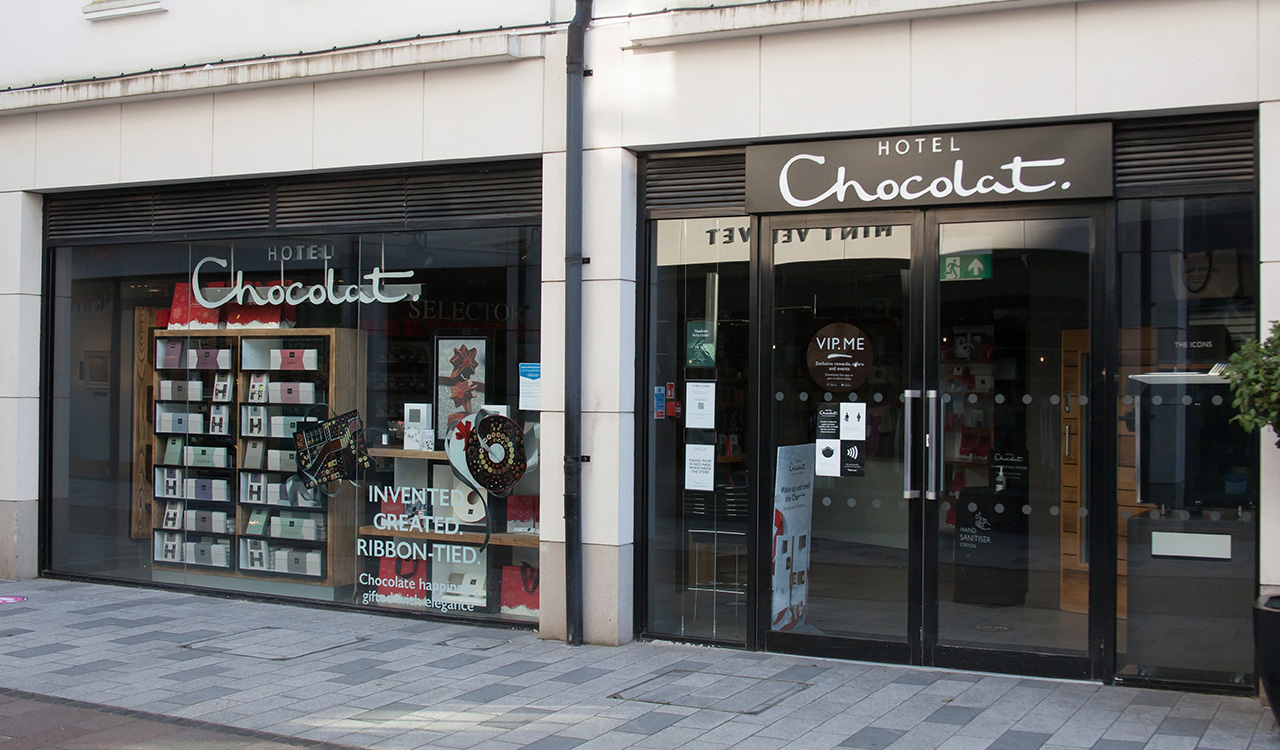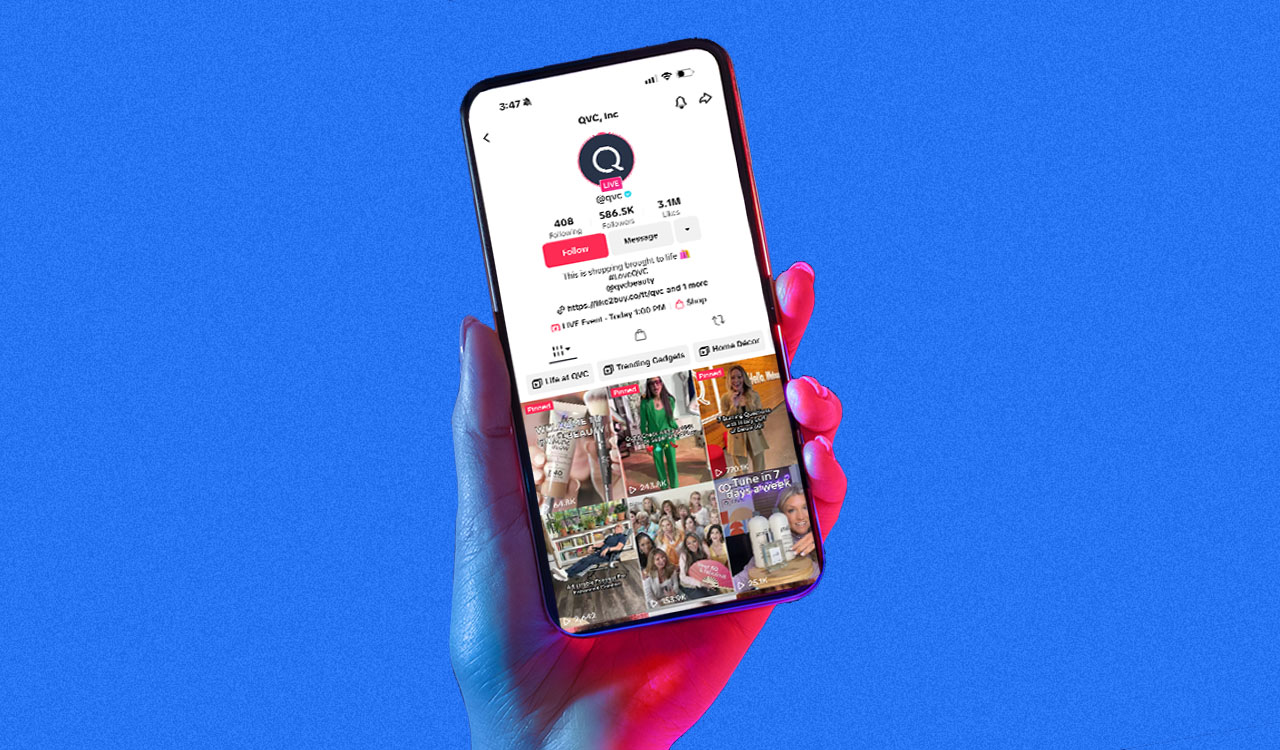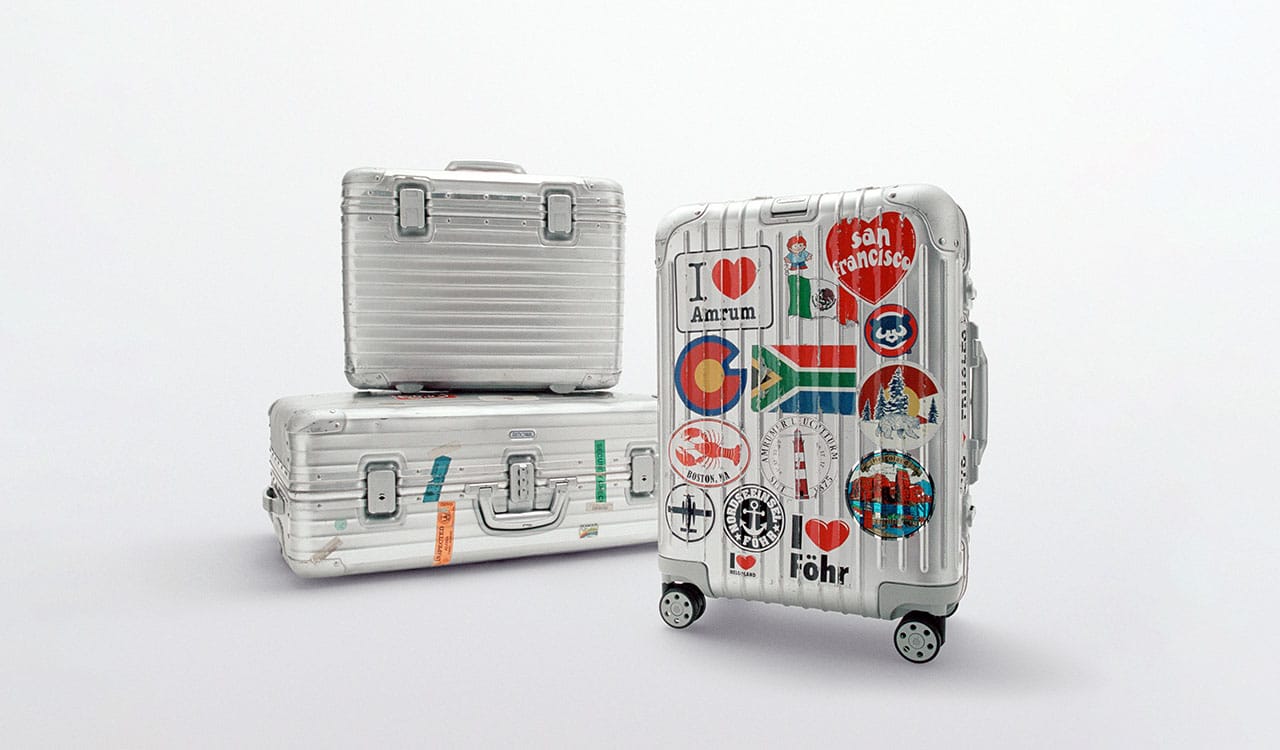“Climate change is literally an existential threat to our nation and to the world,” declared President Biden in an address about a year ago at a power station in Massachusetts. Parse the statement as you will, but philosophically, there isn’t anything literal when talking about existential anything. “Existential threat” is scary and ominous, but it doesn’t translate into simple terms and ideas that will ultimately lead folks to take action.
Each of us individually, along with industries, businesses, and governments, have a role in sustaining a habitable environment for future generations. To get on with that, let’s move from the existential to the actionable.
Sustainability Gap
The fashion industry and its consumers – every one of us – have a critical role to play in a sustainable future. Depending on the source, the fashion industry is the world’s number two or three worst environmental offenders, putting heavy responsibility on the backs of the industry and its customers.
While the fashion industry is organizing coalition groups to address its sustainability challenges, like the Ellen MacArthur Foundation, the Sustainable Apparel Coalition and the Global Fashion Agenda, consumers still remain on the sidelines. They give lip service to the need for responsible consumption, but their good intentions aren’t translating into action, like the proverbial road to hell.
Accenture calls it a relevancy gap in its ”Our Human Moment” report: “There is a radical difference between how organizations assume they should define sustainability and how people define and connect with sustainability and the factors that stimulate them to act sustainably. The gap between these two worlds is so wide that three in five people don’t strongly relate to the idea of living sustainably.”
Digging Deeper
Fashion brands have some heavy lifting to do to close the sustainability gap, starting first with the industry’s standards and practices, according to Kearney’s latest Circular Fashion Index (CFX) report. “We see little progress toward lowering the industry’s large environmental impact by ‘closing the loop’ to make the industry really circular,” it declared.
Ranking 200 global fashion brands across seven dimensions, called “circularity levers,” including brand communications, availability of repair services, use of recycled fabrics, accessible care instructions, secondhand sales, rental services, and reuse of returned clothing as raw materials, donations, and others, it rated brands on a one (lowest) to ten (highest) scale.
The overall industry average on sustainability was a dismal 2.97 and even more shocking is that no brand “extensively” uses all seven circularity levers. The average is in the two to six percent range, with brands focusing more on stimulating the primary first-sale fashion market, not the secondary ones, like offering resale and pre-owned fashion selections. Only 10 of the brands ranked (5 percent) make extensive use of pre-owned garment assortments, while just over 50 (27 percent) are moderately engaged in resale, leaving the vast majority (68 percent) mostly sitting resale out.
Patagonia, Levi’s, and The North Face lead the pack in the CFX index, with Madewell, Athleta, Timberland and Jimmy Choo showing the most improvement. But overall, brands need to do more, much more.
In addition, sports/outdoor fashion brands have the highest average index score (3.52) and fast fashion and underwear/lingerie the lowest (2.48 and 2.66 respectively). Even more surprising, mass-market fashion brands (average 3.11) are doing better than luxury (2.99) or premium/affordable luxury (2.95) brands.
“Our CFX study demonstrates that while solutions are there, adoption is not. Out of 200 brands, only 19 score at least five out of the 10 in our index and only the top three score above seven out of ten,” the Kearney report concludes. “Sadly, many companies still haven’t implemented any circularity actions, due to a lack of a clear sustainability strategy or poor execution. It’s past time for action.”
The Recommerce Solution
Brand-supported resale is one of Kearney’s circularity levers that fashion brands should pull now. If they don’t participate directly in the resale sector, they will leave upwards of $20 billion on the table this year, according to ThredUp’s 2023 Resale Report.
That confirms Kearney’s findings that fashion brands have been exceedingly slow to adopt resale. ThredUp found only 124 brands that have added branded resale programs into their mix in 2022. While the number of resale participants more than tripled from 2021, when only 36 brands were engaged directly in resale, fashion companies have a long way to go.
Consumer demand for resale is undeniable. Over half (53 percent) of the 3,000+ American adults ThredUp surveyed reported shopping for secondhand apparel in 2022, and it is estimated that one in three clothing items bought last year were secondhand.
Rising demand has supercharged growth in the recommerce market. Secondhand fashion — including traditional thrift and donations and online and brand-supported resale — is expected to grow to $70 billion, nine times faster in the U.S. by 2027 than the primary retail fashion sector. And over the next five years, traditional thrift and donations’ share will flatline to around $28 billion, while resale will explode, from $17 billion in 2022 to $42 billion in 2027.
The Resale Platform
What holds many fashion brands back from launching a resale initiative is mastering a different business model. ThredUp was early to identify the disconnect and launched a Resale-as-a-Service (RaaS) offering so brands could make an easy transition.
It quickly signed up big players, like J. Crew, Madewell, Banana Republic, Athleta, Abercrombie & Fitch, Kate Spade, and Tommy Hilfiger. But for customers to tap the brands’ resale offerings, they must bounce off the brand’s primary website and onto the siloed resale shop, essentially forcing customers to follow two different journeys, which is a less-than-optimal experience for shoppers and brands.
Recurate solved for that. “The resale market has grown to be a multi-billion dollar industry over the last decade — driven by third-party marketplaces. Brands are now tuning into that market, and seeing their customers buying their products without any benefits back to them,” said company co-founder Adam Siegel, former senior vice president of research, innovation, and sustainability at the Retail Industry Leaders Association.
Siegel with co-founder Wilson Griffin, former director of sustainable innovation at Gap, launched Recurate in 2020 to provide a turn-key solution for brands to directly support shoppers on their journey with the brand whether buying first, secondhand or both. “Branded resale makes the most loyal customers even more loyal, with a 1.3x increase in lifetime value, and acquires new customers who care about affordability and sustainability. Recurate data found that 50 percent of pre-loved shoppers are new to the brand,” according to Siegel.
Recurate Is the Recommerce Model
Branded resale benefits both brands and shoppers. “We want to make shopping secondhand as advanced as shopping new,” said Karin Dillie, vice president of partnerships at Recurate, which now number 45 client partners. “Our system is already built so that a brand can plug it into its own system. It enables a brand to fast track to resale in a simple way.”
The Recurate resale platform is fully integrated into the brand’s front end, so when a secondhand item is listed, the brand’s original photography and description are carried over. However, the customer can click to see the actual item’s picture in their browser along with condition and shipping information. Since many of Recurate’s clients support peer-to-peer resale, no warehouse or additional infrastructure is required. However, Recurate’s platform also supports take-back and brand supply from returns and imperfect inventory.
The biggest benefit for customers is they can buy secondhand and firsthand items in a single transaction. Recurate sales data shows 15 percent of resale purchases include a new item. And brands benefit by getting the full customer data and a more complete picture of the customer’s purchase behavior.
“Our trajectory is to get more customer data back in the hands of the brands so they can fully understand and incorporate that information into designing new products,” Dillie said. This gives fashion brands visibility across the entire lifecycle of their products, translating into insights that can help increase the lifetime value of a customer. By looking at the customer holistically, we’ve seen a significant increase in lifetime value for the brand.”
The eponymously named Mara Hoffman brand was an early adopter of the Recurate platform. As a brand committed to sustainability, the platform allowed the brand to serve customers better and more completely. “We wanted to align our sustainability commitments around circularity, from the design and manufacturing perspective to the end of the items life so we can own the full lifecycle of a garment,” Hoffman explained.
Since implementing resale on the Mara Hoffman website, it’s become the entry point for new customers and further engages brand loyalists who have experienced the brand’s quality and are equally committed to its sustainability goals. “Resale has become a support system for us. It shows we stand behind our quality and our sustainability ethos,” she concluded. “Resales makes it easy for us to prove to people they can invest in our clothes that they will have for a long time and then responsibly see it through to the next owner.”
Resale’s Lifetime Value to Fashion
Marketers are accustomed to talking about the lifetime value of a customer – something real and concrete that can be measured. There is also the consideration of the lifetime value of the products we make and sell, which can also be measured. When fashion brands commit to reselling their own goods with loyal or new customers, it’s hard to think of any better way to prove their value and the quality of the products it makes.
The circular resale model is here to stay. Customers want it. The environment can use it to prevent unnecessary landfills. And businesses need it to build a firm foundation for a virtuous circle business model. If we go back to the “existential threat,” what Recurate and others are doing is a first line of defense for the planet and putting their minds and marketing muscle to work and doing well by doing good.





